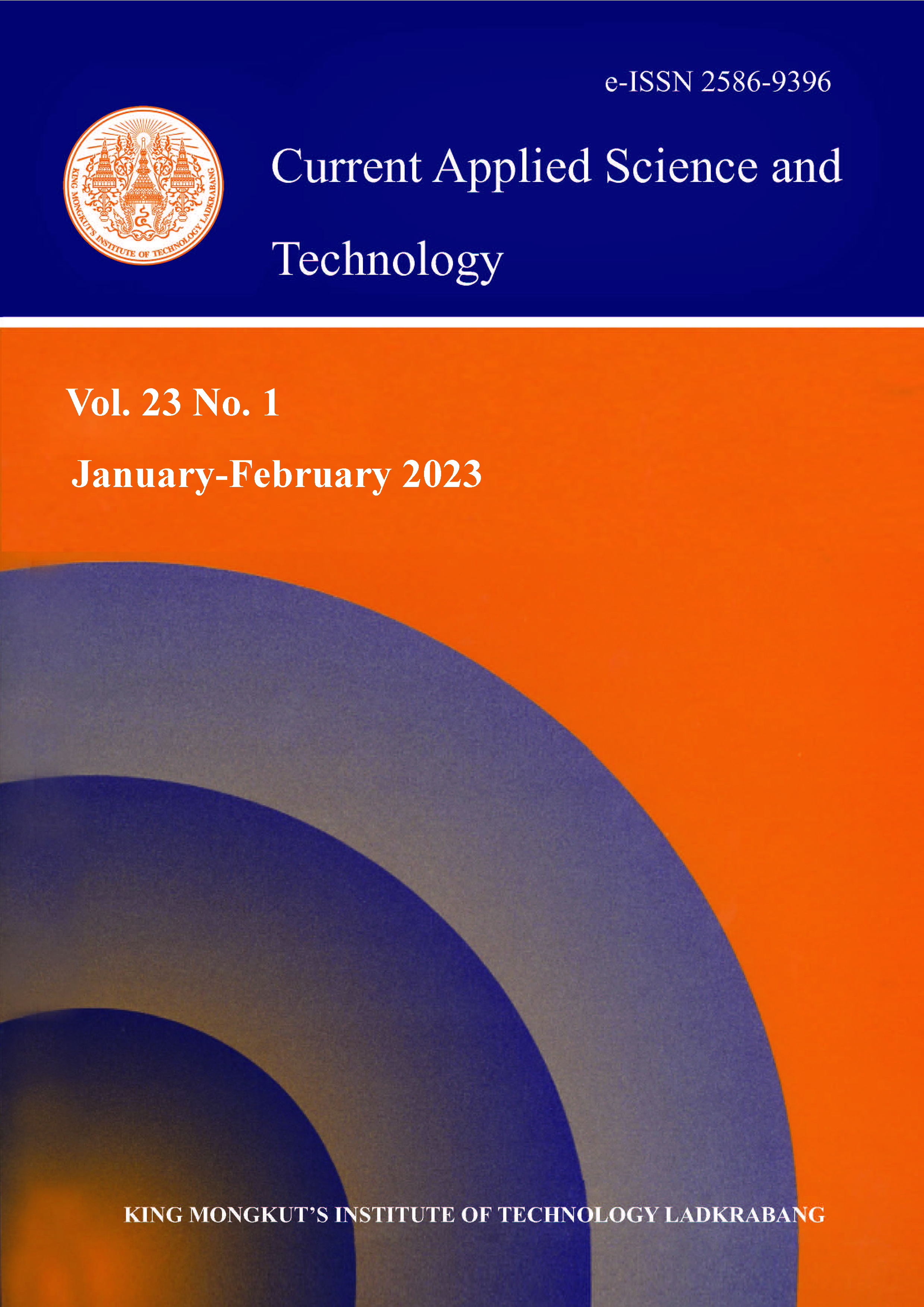Modeling and Forecasting of Sugarcane Production in South Asian Countries
Main Article Content
Abstract
Sugarcane industry is of crucial importance to the South Asian countries. These countries depend heavily on agriculture and the sugarcane industry has immense potential to contribute towards its economic development. Hence, the precise and timely forecast of sugarcane production is of concern for farmers, policy makers and other stakeholders. In this manuscript, we strived to forecast the production and growth rate of this important commodity using standard statistical approaches. The ARIMA (Auto Regressive Integrated Moving Average) and ETS (Exponential Smoothing) models were applied and compared on the basis of their forecasting efficiency for South Asia countries. This study also investigated the trends in sugarcane production in the region and studies the causes of the decline in production of sugarcane in Sri Lanka and Bangladesh. Furthermore, the expected production for following 7 years was computed using both models. In addition, we also calculated the projected growth rates of sugarcane production of South Asian countries over the years 2020-2027.
Keywords: ARIMA; ETS; forecasting; policy; sugarcane production
*Corresponding author: Tel.: (+91) 9560073489
E-mail: pradeepjnkvv@gmail.com
Article Details

This work is licensed under a Creative Commons Attribution-NonCommercial-NoDerivatives 4.0 International License.
Copyright Transfer Statement
The copyright of this article is transferred to Current Applied Science and Technology journal with effect if and when the article is accepted for publication. The copyright transfer covers the exclusive right to reproduce and distribute the article, including reprints, translations, photographic reproductions, electronic form (offline, online) or any other reproductions of similar nature.
The author warrants that this contribution is original and that he/she has full power to make this grant. The author signs for and accepts responsibility for releasing this material on behalf of any and all co-authors.
Here is the link for download: Copyright transfer form.pdf
References
FAOSTAT, 2020. Sugarcane production in 2018. UN Food and Agriculture Organization, Corporate Statistical Database. [online] Available at: http://www.fao.org/faostat/en/#data.
Shahbandeh, M., 2021. Total sugar production worldwide from 2009/2010 to 2020/2021 (in million metric tons). [online] Available at: https://www.statista.com/aboutus/our-research-commitment/1239/m-shahbandeh.
Organisation for Economic Co-operation and Development (OECD) & FAO, 2019. OECD-FAO Agricultural Outlook. [online] Available at: https://doi.org/10.1787/eed409b4-en.
Hassan, M.M., 2003. Problems of sugar mills and remedial measures. The Daily Bangladesh Observer, October 24, 2003.
Voora, V., Bermudez, S. and Larrea, C., 2019. Global Market Report: Sugar. State of Sustainability Initiatives. [online] Available at: https://www.iisd.org/ssi/commodities/sugar-coverage/.
Solomon, S. and Li, Y.R., 2016. Editorial-the Sugar Industry of Asian Region. Sugar Technology, 18(6), 557-558.
FAO, 2019. Food Outlook: Biannual Report on Global Food Markets. [online] Available at: http://www.fao.org/3/ca4526en/ca4526en.pdf.
Kiezebrink, V., van der Wal, S., Theuws, M. and Kachusa, P., 2015. Bittersweet: Sustainability Issues in the Sugar Cane Supply Chain. Amsterdam: Stichting Onderzoek Multinationale Ondernemingen.
Ceres, 2017. An investor Brief on Impacts that Drive Business Risks: Sugarcane. Engage the Chain. [online] Available at: https://engagethechain.org/sites/default/files/commodity/Ceres_EngageTheChain_Sugarcane.pdf.
Kellogg’s, 2017. Nurturing our Planet: Responsible Sourcing Annual Milestones. [online] Available at: https://crreport.kelloggcompany.com/download/KelloggResponsibleSourcing_Milestones2017.pdf.
Fairtrade Foundation, 2013. Fairtrade and Sugar-2013. [online] Available at: https://www.fairtrade.net/library/fairtrade-and-sugar-2013.
FAO, 2009. Agribusiness Handbook. Sugar Beet White Sugar. [online] Available at: https://www.fao.org/fileadmin/user_upload/tci/docs/AH1-%28eng%29Sugar%20beet%20white%20sugar.pdf.
Suresh, K.K. and Priya, S.R.K., 2011. Forecasting sugarcane yield of Tamilnadu using ARIMA model. Sugar Technology, 13(1), 23-26.
Sajid, A.N., Badar, N. and Fatima, H., 2015. Forecasting production and yield of sugarcane and cotton crops of Pakistan for 2013-2030. Sarhad Journal of Agriculture, 31(1), 1-10.
Vishwajith, K.P., Sahu, P., Dhekale, B.S. and Mishra, P., 2016. Modelling and forecasting sugarcane and sugar production in India. Indian Journal of Economics and Development, 12(1), 71-79.
Mehmood, Q., Sial, M.H., Riaz, M. and Shaheen, N., 2019. Forecasting the production of sugarcane in Pakistan for the year 2018-2030, using Box-Jenkin’s Methodology. The Journal of Animal and Plant Sciences, 29(5), 1396-1401.
Hyndman, R.J., Koehler, A.B., Snyder, R.D. and Grose, S.D., 2002. A state space framework for automatic forecasting using exponential smoothing methods. International Journal of Forecasting, 18(3), 439-454.
Mishra, P., Khatib, A.M.G.A., Sardar, I., Mohammed, J., Karakaya, K., Dash, A., Ray, M., Narsimhaiah, L. and Dubey, A., 2021. Modeling and forecasting of sugarcane production in India. Sugar Technology, 23(6), 1317-1324.
Gooijer, J.G.D. and Hyndman, R.J., 2006. 25 years of time series forecasting. International Journal of Forecasting, 22(3), 443-473.
Ray, S., Das, S.S., Mishra, P. and Khatib, A.M.G.A., 2021. Time series SARIMA modelling and forecasting of monthly rainfall and temperature in the South Asian countries. Earth Systems and Environment, 5, 531-546.
Mishra, P., Yonar, A., Yonar, H., Kumari, B., Abotaleb, M., Das, S.S. and Patil, S.G., 2021. State of the art in total pulse production in major states of India using ARIMA techniques. Current Research in Food Science, 4, 800-806.
Yonar, A., Yonar, H., Mishra, P., Kumari, B., Abotaleb, M. and Badr, A., 2021. Modelling and forecasting of wheat of South Asian region countries and role in food security. Advances in Computational Intelligence, 1, DOI: 10.1007/s43674-021-00027-3.
Mishra, P., Ray, S., Khatib, A.M.G.A., Abotaleb, M., Tiwari, S., Badr, A. and Balloo, R., 2021. Estimation of fish production in India using ARIMA, Holt's Linear, BATS and TBATS models. Indian Journal of Ecology, 48(5), 1254-1261.
Devi, M., Kumar, J., Malik, D.P. and Mishra, P., 2021. Forecasting of wheat production in Haryana using hybrid time series model. Journal of Agriculture and Food Research, 5, DOI:10.1016/j.jafr.2021.100175.
Diebold, F.X. and Mariano, R.S., 1995. Comparing predicting accuracy. Journal of Business and Economic Statistics, 13(3), 253-265.






